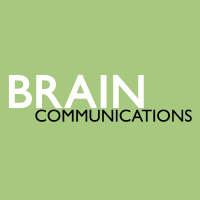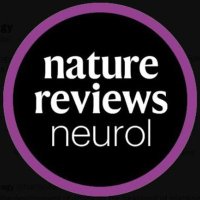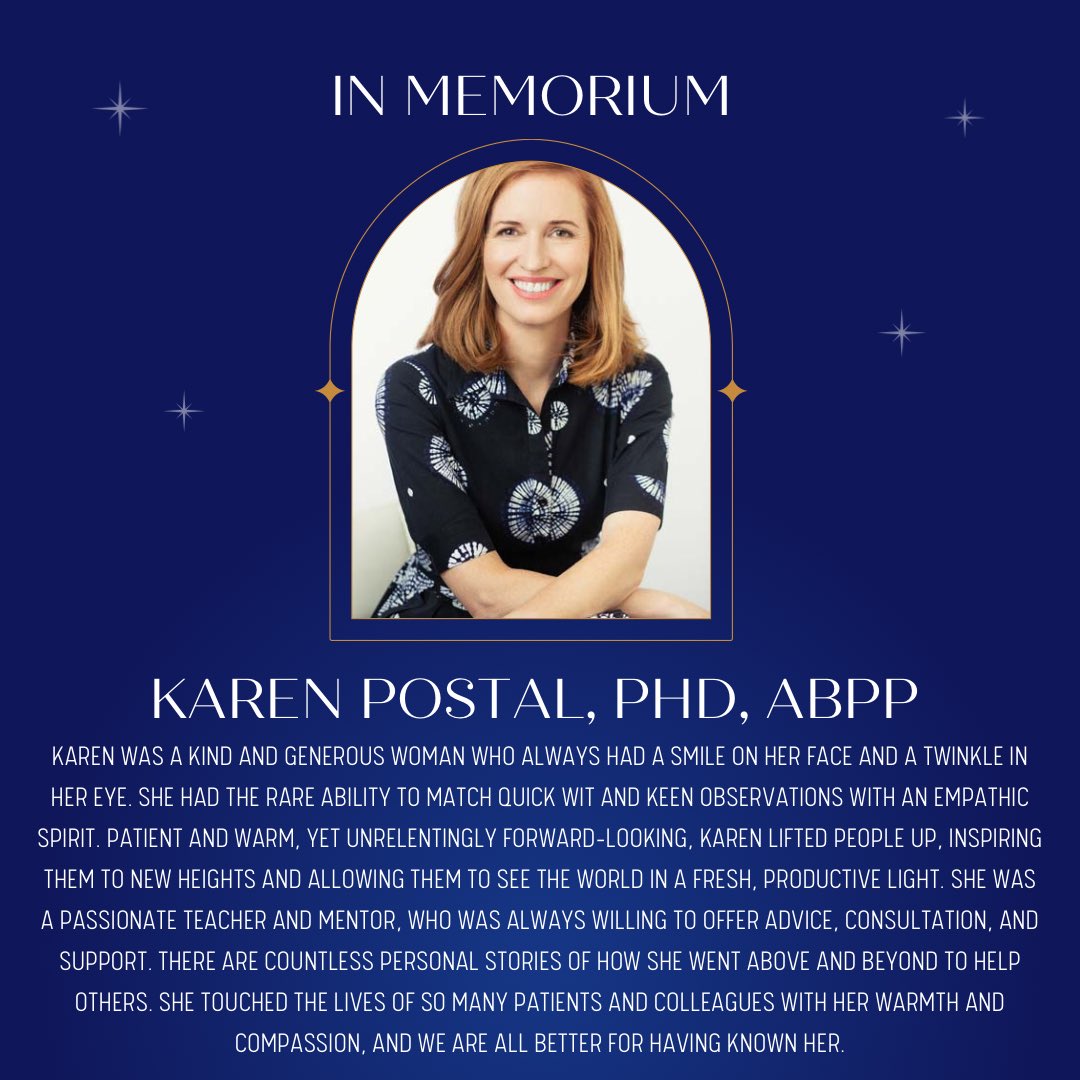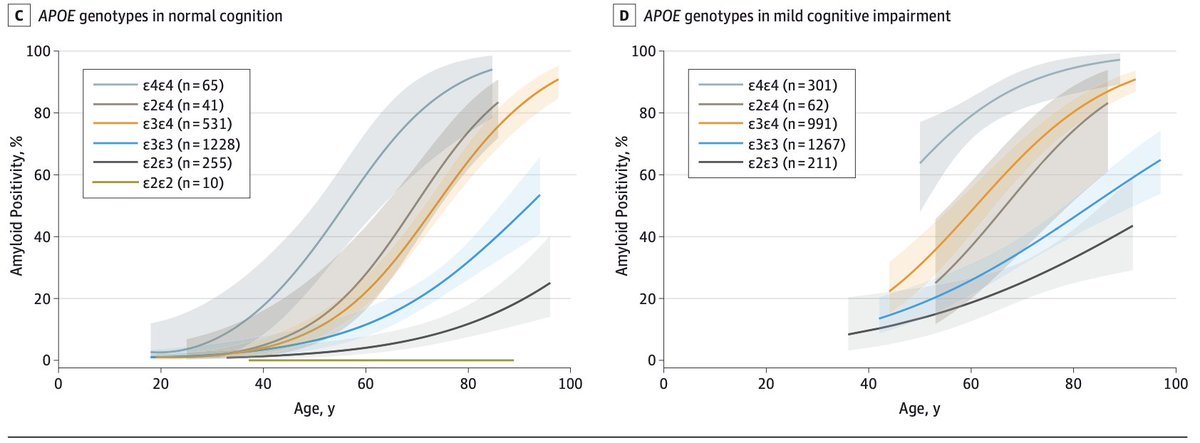
Aditya Kulkarni, PhD
@adityakulkarni
Clinical Neuropsychology Fellow @harvardmed/@massgenbrigham
Neuropsychology of Dementia and Neurodegenerative Disease
ID: 29787387
08-04-2009 18:48:56
472 Tweet
1,1K Followers
1,1K Following



What if you could remove APOE4, the most important genetic risk factor for Alzheimer's disease, from the brain? They did nature.com/articles/s4358… Nature Aging by Gladstone Institutes @justsaysinmice



Excited to announce I passed my dissertation defense today :) thankful to my NLAD team without whom I couldn’t have possibly made it to this point @ezgammada Isabelle Avildsen @melpocsai Vivian Chu NSFoldi





Please re-Tweet to raise awareness: When people with #dementia forget, we can help them remember. (image: Tony Husband Cartoon Archive) #Alzheimers #kindness


Thanks, Lea T. Grinberg, M.D, Ph.D, for the dementia infographic. The European Consensus paper by Giovanni Frisoni et al. includes an infographic on biomarkers for an etiological diagnosis in older persons with MCI and mild dementia. Note that EEG appears :-) @ElectrophysPIA IFCN and its Clinical Neurophysiology journals







Spruyt et al. report that even before symptoms appear, tau buildup in early Alzheimer’s disrupts brain networks. EEG shows early small-world disintegration. Please read at: buff.ly/aSlcjZp Laboratory for Cognitive Neurology, KU Leuven @laurespruyt










